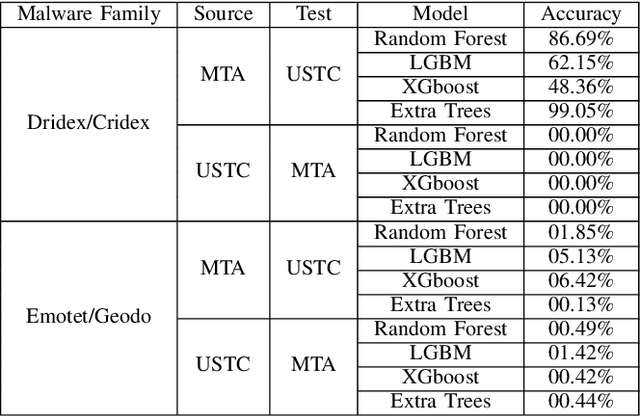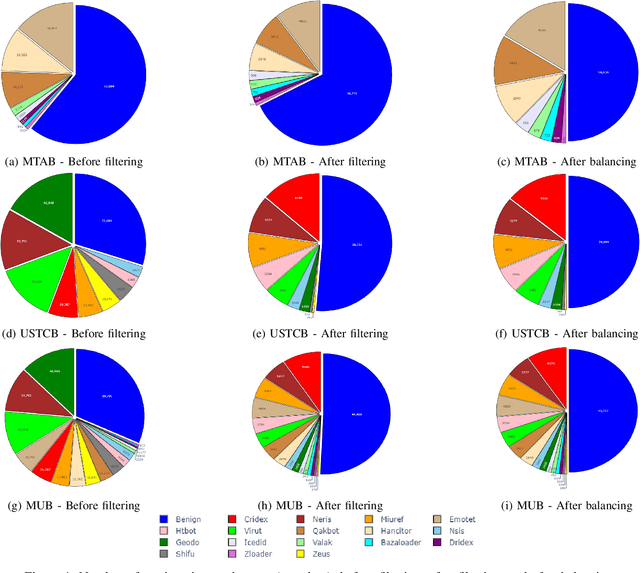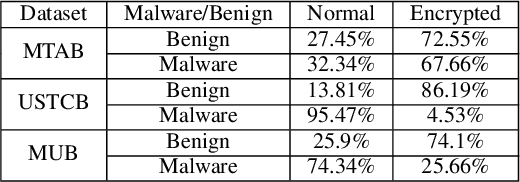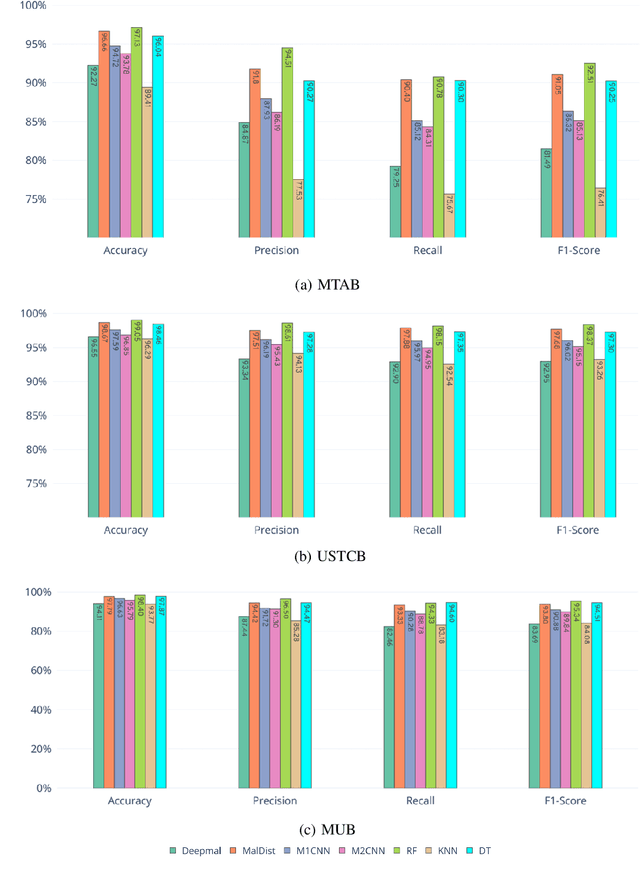When a RF Beats a CNN and GRU, Together -- A Comparison of Deep Learning and Classical Machine Learning Approaches for Encrypted Malware Traffic Classification
Paper and Code
Jun 16, 2022



Internet traffic classification is widely used to facilitate network management. It plays a crucial role in Quality of Services (QoS), Quality of Experience (QoE), network visibility, intrusion detection, and traffic trend analyses. While there is no theoretical guarantee that deep learning (DL)-based solutions perform better than classic machine learning (ML)-based ones, DL-based models have become the common default. This paper compares well-known DL-based and ML-based models and shows that in the case of malicious traffic classification, state-of-the-art DL-based solutions do not necessarily outperform the classical ML-based ones. We exemplify this finding using two well-known datasets for a varied set of tasks, such as: malware detection, malware family classification, detection of zero-day attacks, and classification of an iteratively growing dataset. Note that, it is not feasible to evaluate all possible models to make a concrete statement, thus, the above finding is not a recommendation to avoid DL-based models, but rather empirical proof that in some cases, there are more simplistic solutions, that may perform even better.
 Add to Chrome
Add to Chrome Add to Firefox
Add to Firefox Add to Edge
Add to Edge